
If you are looking to build a strong and powerful back, then the Rear Delt Row Dumbbell is an excellent exercise to add to your workout routine. This exercise primarily targets your rear deltoids, which are located on the back of your shoulders, as well as your upper back muscles.
How to Perform the Rear Delt Row Dumbbell
To perform the Rear Delt Row Dumbbell, follow these steps:
- Start by standing with your feet shoulder-width apart and holding a dumbbell in each hand.
- Bend your knees slightly and hinge forward at your hips, keeping your back straight and your core engaged.
- With your arms fully extended, lift the dumbbells up towards your chest, keeping your elbows close to your body.
- Pause for a moment at the top of the movement, then lower the dumbbells back down to the starting position.
- Repeat for the desired number of repetitions.
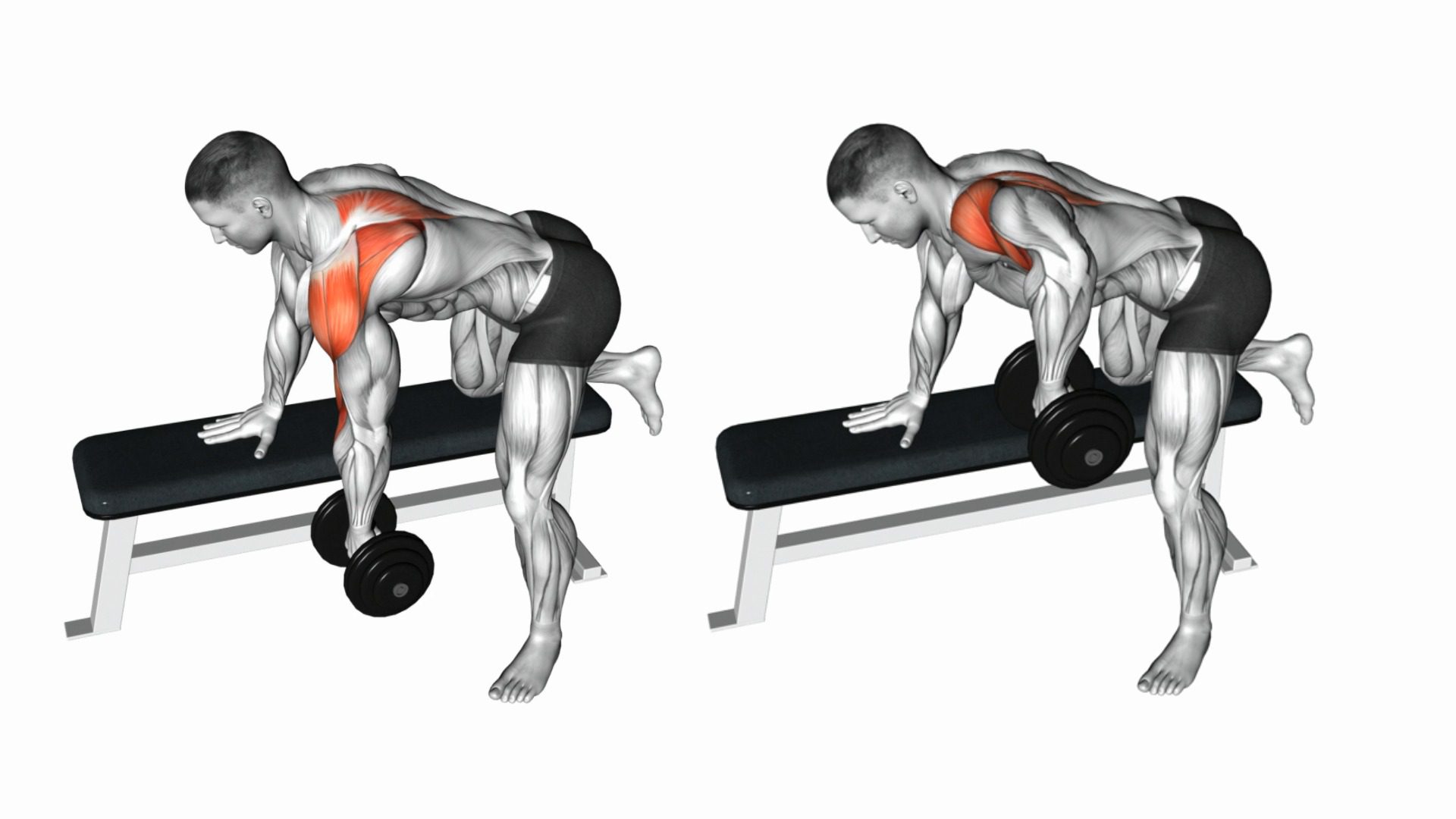
It's important to maintain proper form throughout the exercise to avoid injury and maximize the effectiveness of the exercise. Make sure to keep your back straight and your core engaged throughout the movement.
Variations of the Rear Delt Row Dumbbell
There are several variations of the Rear Delt Row Dumbbell that you can try to keep your workouts challenging and prevent boredom. Here are a few examples:
- Single-arm Rear Delt Row Dumbbell: This variation involves performing the exercise with one arm at a time, which can help to improve balance and stability.
- Seated Rear Delt Row Dumbbell: This variation involves sitting on a bench or chair while performing the exercise, which can help to reduce strain on your lower back.
- Reverse Flyes: This exercise targets your rear deltoids and upper back muscles in a similar way to the Rear Delt Row Dumbbell. To perform Reverse Flyes, stand with your feet shoulder-width apart and hold a dumbbell in each hand. Hinge forward at your hips and lift the dumbbells out to the sides, keeping your arms straight. Pause for a moment at the top of the movement, then lower the dumbbells back down to the starting position.

Tips for Performing the Rear Delt Row Dumbbell
If you are new to the Rear Delt Row Dumbbell, here are a few tips to help you get started:
- Start with a light weight and focus on maintaining proper form throughout the exercise.
- Breathe in as you lift the dumbbells up and exhale as you lower them back down.
- Keep your shoulders relaxed and avoid shrugging them up towards your ears.
- Don't swing or use momentum to lift the dumbbells. Focus on using your back muscles to perform the movement.
Benefits of the Rear Delt Row Dumbbell
The Rear Delt Row Dumbbell offers several benefits for your back muscles and overall fitness, including:
- Improved posture and spinal alignment
- Increased back strength and muscle mass
- Better shoulder mobility and range of motion
- Reduced risk of back pain and injury
Incorporating the Rear Delt Row Dumbbell into Your Workout Routine
The Rear Delt Row Dumbbell can be incorporated into your back workout routine in several ways, such as:
- Performing 3-4 sets of 10-12 repetitions as part of your upper body workout
- Supersetting with another back exercise, such as lat pulldowns or chin-ups, to increase the intensity of your workout
- Including it as part of a full-body workout routine to target multiple muscle groups
Conclusion
The Rear Delt Row Dumbbell is a simple yet effective exercise that can help to improve your back strength, posture, and overall fitness. By incorporating this exercise into your workout routine and following proper form and technique, you can achieve great results in a relatively short amount of time.
Related video of Rear Delt Row Dumbbell: A Complete Guide for Beginners

If you are looking for a simple yet effective workout to target your glutes, hips, and core muscles, then the fire hydrant exercise is a great option. This move is named after the way dogs lift their legs to urinate on a fire hydrant, but don't be fooled by its name. The fire hydrant exercise can be done anywhere, anytime, and by anyone, regardless of their fitness level.
What is the Fire Hydrant Exercise?
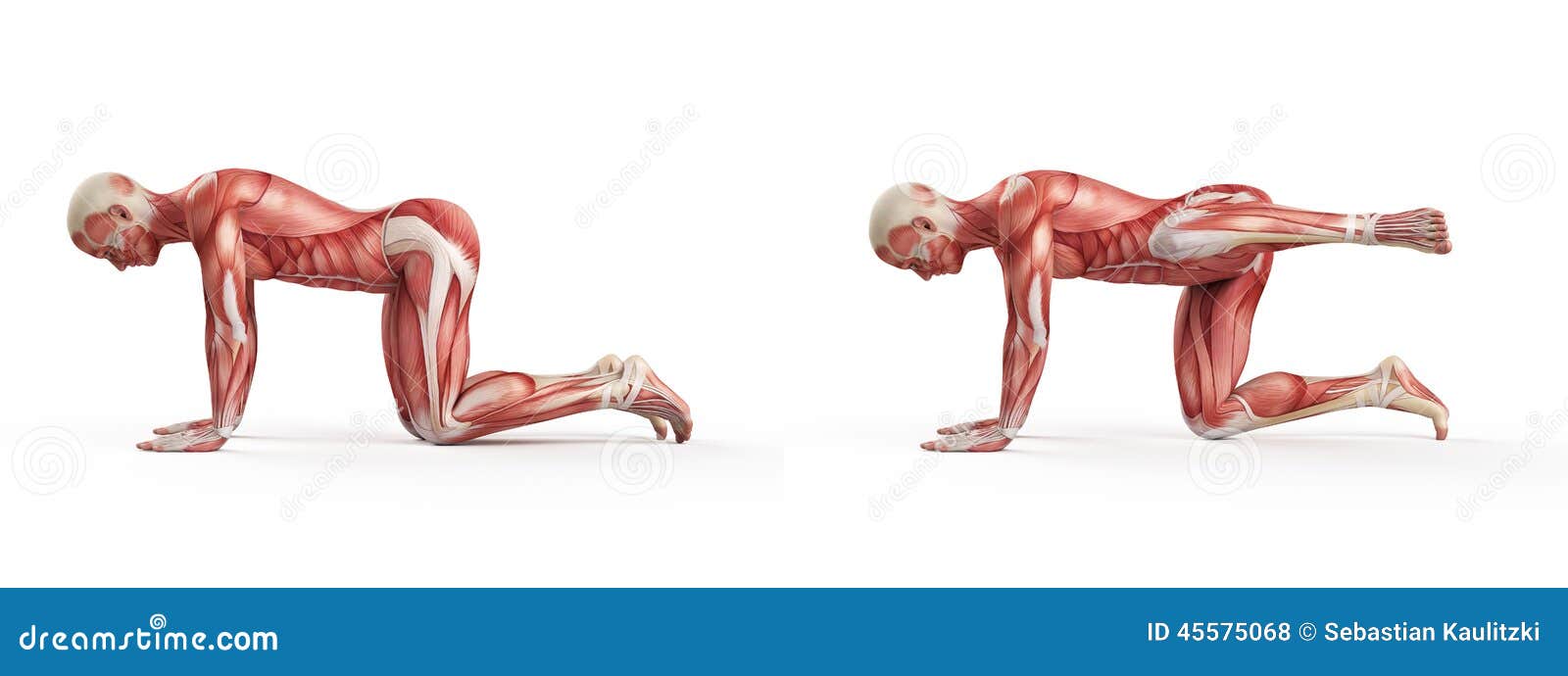
The fire hydrant exercise is a bodyweight exercise that targets the glutes, hips, and core muscles. It is a simple exercise that involves lifting one leg out to the side, just like a dog lifting its leg to urinate on a fire hydrant. This move is also known as the "hip abduction" exercise, as it involves the lateral movement of the hip joint.
How to Do the Fire Hydrant Exercise?

Here are the steps to perform the fire hydrant exercise:
- Start on all fours, with your hands directly under your shoulders and your knees under your hips.
- Engage your core muscles and keep your spine neutral.
- Lift one leg out to the side, keeping your knee bent at a 90-degree angle.
- Keep your foot flexed and your toes pointing down.
- Pause for a moment at the top of the movement, then lower your leg back down to the starting position.
- Repeat the movement on the other leg.
Try to perform 2-3 sets of 10-15 reps on each leg, or as many as you can do with good form.
What Muscles Does Fire Hydrant Work?
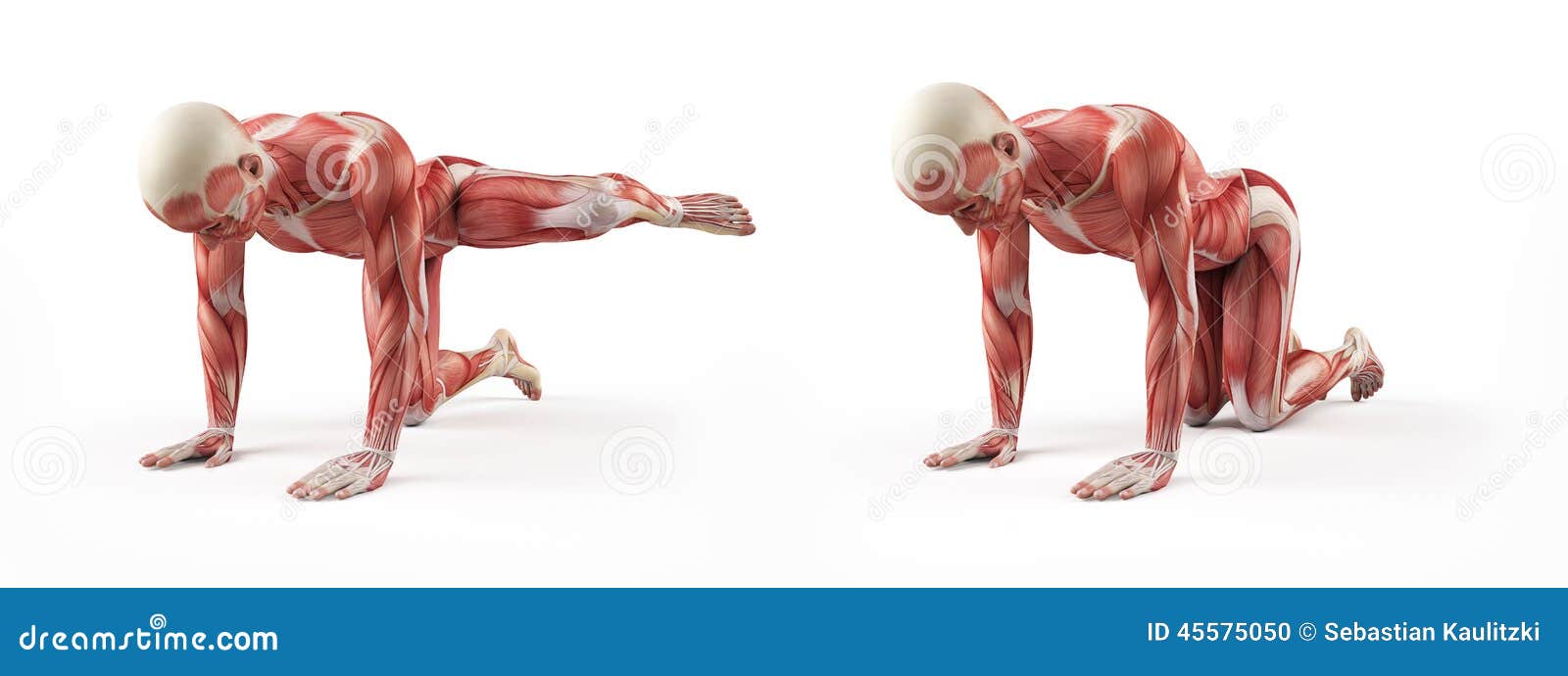
The fire hydrant exercise primarily targets the gluteus medius muscle, which is one of the three glute muscles located in the buttocks. This muscle is responsible for abducting the hip, which means moving the leg away from the center of the body. It also helps to stabilize the pelvis and prevent hip drop during walking, running, and other lower-body movements.
In addition to the gluteus medius, the fire hydrant exercise also works the gluteus maximus, which is the largest muscle in the buttocks. This muscle is responsible for hip extension, which means moving the leg back behind the body. It also helps to maintain an upright posture and prevent lower back pain.
The fire hydrant exercise also engages the core muscles, including the transverse abdominis, obliques, and erector spinae. These muscles help to stabilize the spine and pelvis during the movement, and improve overall posture and balance.
Benefits of Fire Hydrant Exercise
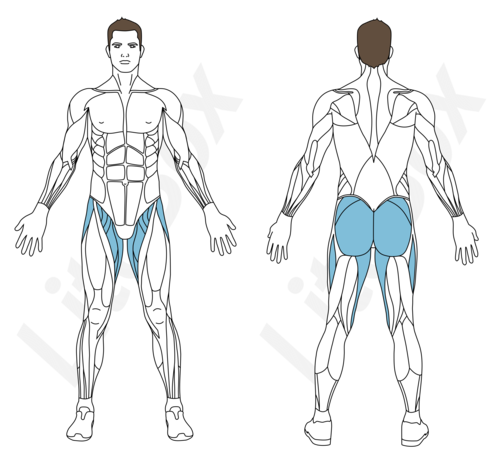
The fire hydrant exercise offers several benefits, including:
- Targeting the glutes, hips, and core muscles, which are important for posture, balance, and lower-body strength.
- Improving hip mobility and flexibility, which can reduce the risk of injury and improve overall movement quality.
- Strengthening the muscles that support the lower back, which can reduce the risk of lower back pain and improve spinal health.
- Engaging multiple muscle groups at once, which can increase calorie burn and improve cardiovascular fitness.
- Being a low-impact exercise that can be done anywhere, anytime, and without any equipment.
Tips for Performing Fire Hydrant Exercise
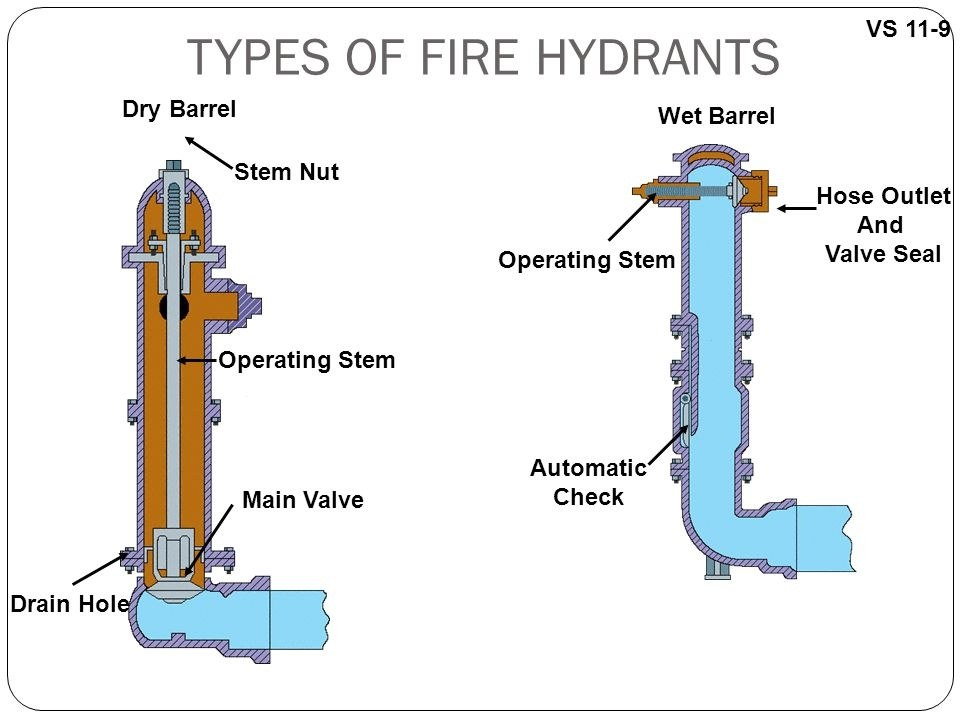
Here are some tips to help you perform the fire hydrant exercise with good form and maximum effectiveness:
- Keep your core muscles engaged throughout the movement, and avoid arching or rounding your back.
- Keep your head and neck in line with your spine, and avoid looking up or down.
- Keep your movements slow and controlled, and avoid swinging your leg or using momentum.
- Breathe deeply and rhythmically throughout the movement, and avoid holding your breath.
- Gradually increase the intensity and volume of the exercise over time, by adding resistance bands, weights, or more reps.
Conclusion
The fire hydrant exercise is a simple yet effective way to target your glutes, hips, and core muscles. It can be done anywhere, anytime, and by anyone, regardless of their fitness level. This move offers several benefits, including improved posture, balance, lower-body strength, hip mobility, and spinal health. By incorporating the fire hydrant exercise into your workout routine, you can achieve a stronger, healthier, and more functional body.
Related video of What Muscles Does Fire Hydrant Work?

Introduction
If you're looking for a great exercise to target your hamstrings, glutes, and lower back, look no further than the dumbbell Romanian deadlift (RDL). This exercise is a variation of the traditional deadlift, but it places more emphasis on the posterior chain muscles.

Beginner's Guide to Dumbbell RDLs
If you're new to the dumbbell RDL, it's important to start with light weights and focus on proper form. Here's how to do it:
- Stand with your feet hip-width apart and hold a dumbbell in each hand with your palms facing your thighs.
- Keeping your back straight, hinge at your hips and lower the dumbbells towards the ground.
- Lower the dumbbells until you feel a stretch in your hamstrings, then reverse the movement and stand back up.
- Repeat for the desired number of reps.

Advanced Dumbbell RDL Variations
Once you've mastered the basic dumbbell RDL, you can try these advanced variations:
Single-Leg Dumbbell RDLs

Stand on one leg and hold a dumbbell in the opposite hand. Hinge at your hips and lower the dumbbell towards the ground while keeping your balance on one leg. Repeat for the desired number of reps before switching sides.
Sumo Dumbbell RDLs

Stand with your feet wider than shoulder-width apart and your toes turned out. Hold a dumbbell in each hand and hinge at your hips while keeping your back straight. Lower the dumbbells towards the ground, then reverse the movement and stand back up.
Benefits of Dumbbell RDLs
Dumbbell RDLs are a great exercise for building strength and muscle in the posterior chain muscles. Here are some of the benefits:
- Targets the hamstrings, glutes, and lower back.
- Improves hip mobility and flexibility.
- Helps prevent injury by strengthening the muscles around the hips and lower back.
- Can be done with minimal equipment, making it a great exercise for home workouts.

Tips for Success
Here are some tips to help you get the most out of your dumbbell RDLs:
- Start with light weights and focus on proper form before increasing the weight.
- Keep your back straight throughout the movement to avoid injury.
- Lower the dumbbells until you feel a stretch in your hamstrings, but don't go too low or you risk injuring your lower back.
- Breathe out as you lower the dumbbells and breathe in as you stand back up.
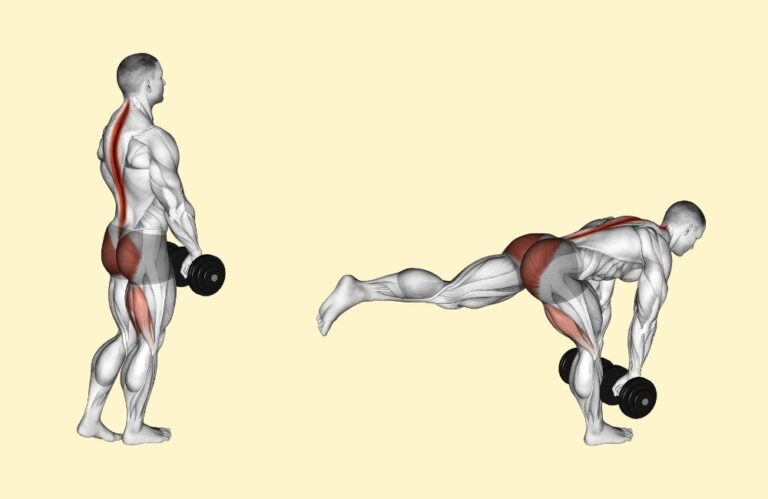
Conclusion
The dumbbell Romanian deadlift is a great exercise for targeting the posterior chain muscles and building strength and muscle in the hamstrings, glutes, and lower back. Whether you're new to the exercise or an experienced lifter, there are plenty of variations to keep your workouts challenging and effective. Remember to focus on proper form, start with light weights, and breathe out as you lower the dumbbells for maximum results.
Related video of How To Do Dumbbell Rdls

If you are looking for a way to build bigger and stronger triceps, the close grip bench press is an excellent exercise to add to your routine. This exercise targets the triceps, which are the muscles on the back of your upper arms, and can help you achieve the toned and defined look you desire. In this article, we will discuss the benefits of the close grip bench press, how to perform it correctly, and some tips to get the most out of your workout.
Benefits of Close Grip Bench Press

The close grip bench press offers several benefits for those looking to improve their tricep strength and size. Firstly, it allows you to lift heavier weights than other tricep exercises, which can help you build muscle mass more quickly. Additionally, it works not only the triceps but also the chest and shoulders, making it a great compound exercise for overall upper body strength. Finally, the close grip bench press can help improve your bench press technique, allowing you to lift more weight in the standard bench press exercise.
How to Perform Close Grip Bench Press

To perform the close grip bench press, you will need a barbell and a bench. Here are the steps:
- Lie down on the bench with your back flat and your feet flat on the floor.
- Grasp the barbell with a grip that is slightly narrower than shoulder-width apart.
- Lower the barbell to your chest, keeping your elbows close to your body.
- Push the barbell back up to the starting position, fully extending your arms.
- Repeat for your desired number of reps.
It is important to use proper form when performing the close grip bench press to avoid injury and get the most out of your workout. Keep your elbows close to your body throughout the exercise, and lower the barbell slowly and under control.
Tips for Close Grip Bench Press

Here are some tips to help you get the most out of your close grip bench press:
- Start with a weight that allows you to perform 8-12 reps with good form.
- Gradually increase the weight over time as you get stronger.
- Don't bounce the bar off your chest when lifting. Lower it slowly and under control.
- Breathe in as you lower the bar and exhale as you lift it back up.
- Don't lock your elbows at the top of the exercise. Keep a slight bend in them to avoid injury.
- Rest for 1-2 minutes between sets to allow your muscles to recover.
Conclusion
The close grip bench press is an excellent exercise for building bigger and stronger triceps. It offers several benefits, including improved overall upper body strength and the ability to lift heavier weights than other tricep exercises. By following proper form and using the tips outlined in this article, you can get the most out of your close grip bench press workout and achieve your fitness goals.
Related video of Close Grip Bench For Triceps

Jump squats are a popular exercise that is often included in a workout routine. They are known for their ability to target multiple muscle groups and provide a full-body workout. If you're wondering what jump squats work, this article will provide you with all the information you need.
What Are Jump Squats?
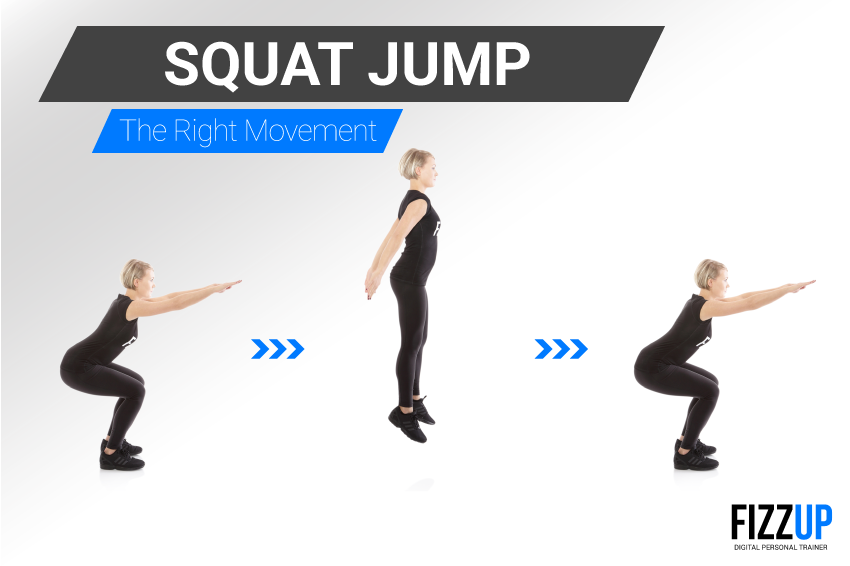
Jump squats are a plyometric exercise that involves jumping off the ground while performing a squat. They are a high-intensity exercise that requires explosive power and strength. Jump squats are often used in sports to improve agility, speed, and power.
What Muscles Do Jump Squats Work?

Jump squats are a compound exercise that targets multiple muscle groups. They primarily work the lower body muscles, including the quadriceps, glutes, hamstrings, and calves. However, they also engage the core muscles, including the abs and lower back muscles.
Benefits of Jump Squats

Jump squats offer a range of benefits, including:
- Strengthening lower body muscles
- Improving explosive power and speed
- Burning calories and aiding weight loss
- Improving athletic performance
- Boosting cardiovascular health
How to Do Jump Squats

To perform jump squats:
- Stand with your feet shoulder-width apart.
- Bend your knees and lower your body into a squat position.
- Push through your feet and jump off the ground.
- Land softly and lower your body back into a squat position.
- Repeat for the desired number of reps.
Precautions
Jump squats are a high-impact exercise and should be performed with caution. Here are some precautions to keep in mind:
- Start with a low number of reps and gradually increase as your fitness improves.
- Land softly to avoid injury to your joints.
- Avoid jumping too high, as this can put excessive strain on your joints.
- Consult a doctor if you have any medical conditions that may be affected by this exercise.
Conclusion
Jump squats are an effective exercise that can help you strengthen lower body muscles, improve explosive power, and boost athletic performance. However, they should be performed with caution and under the guidance of a professional trainer. By incorporating jump squats into your workout routine, you can achieve a full-body workout that targets multiple muscle groups.
Related video of What Do Jump Squats Work?

The iliotibial (IT) band is a thick band of connective tissue that runs from the hip to the knee on the outside of the leg. IT band syndrome is a common injury among runners and cyclists, causing pain and discomfort on the outside of the knee. Foam rolling has become a popular technique for reducing IT band pain, but is it really effective?
What is Foam Rolling?

Foam rolling is a form of self-massage that involves using a foam roller to apply pressure to specific areas of the body. The goal is to release muscle tension and improve flexibility. Foam rolling has been shown to be effective for reducing muscle soreness and improving range of motion, but its effectiveness for treating IT band pain is less clear.
What Causes IT Band Pain?

IT band pain is typically caused by overuse, such as running or cycling long distances without proper rest and recovery. Weak hip muscles and poor running form can also contribute to IT band pain. Symptoms include pain on the outside of the knee, swelling, and stiffness.
How Does Foam Rolling Help?

Foam rolling is thought to help IT band pain by breaking up adhesions in the connective tissue and improving blood flow to the area. However, research on the effectiveness of foam rolling for IT band pain is mixed. Some studies have found that foam rolling can reduce pain and improve flexibility, while others have found no significant difference compared to stretching or other treatments.
How to Foam Roll Your IT Band
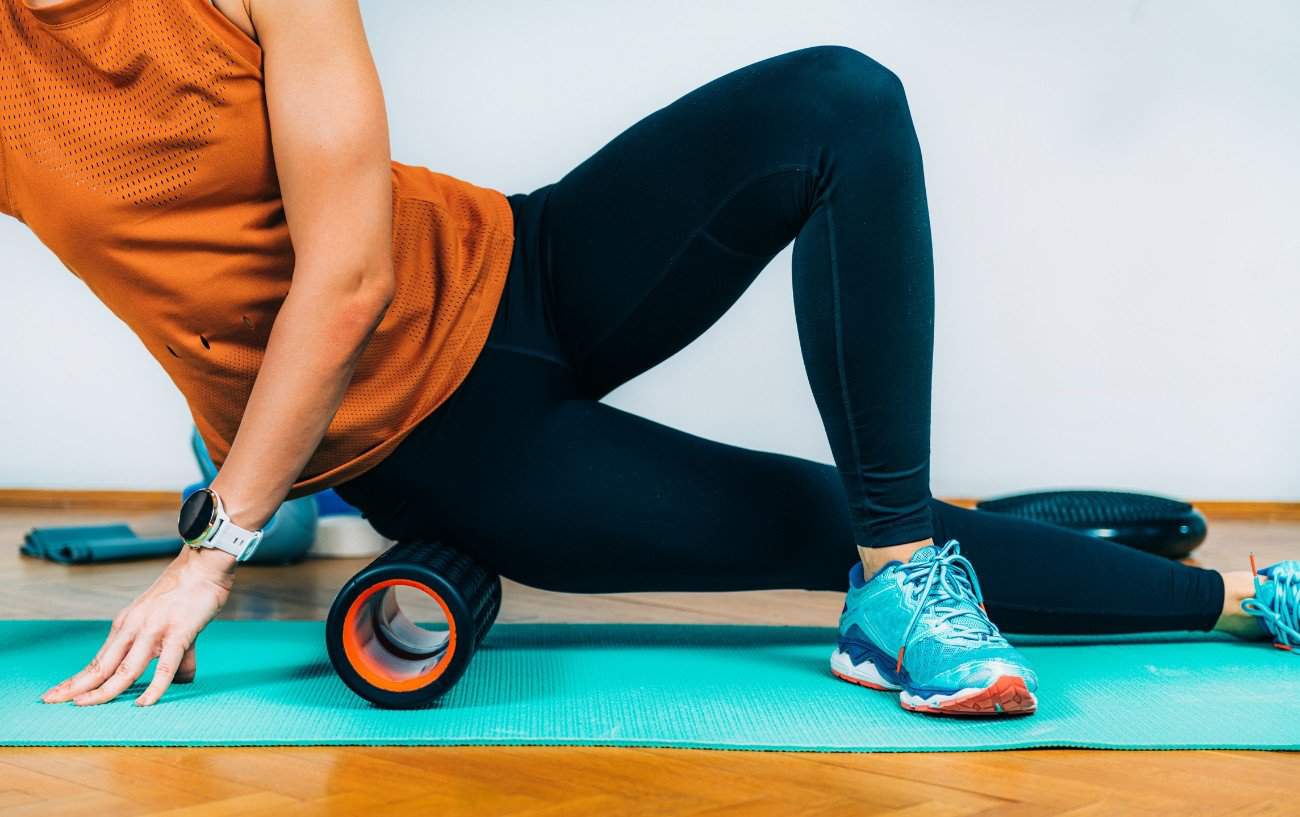
To foam roll your IT band, lie on your side with the foam roller under your hip. Slowly roll down to just above the knee, then back up to the hip. You can also target specific areas of the IT band by bending your knee and using a smaller foam roller or massage ball.
When Not to Foam Roll Your IT Band
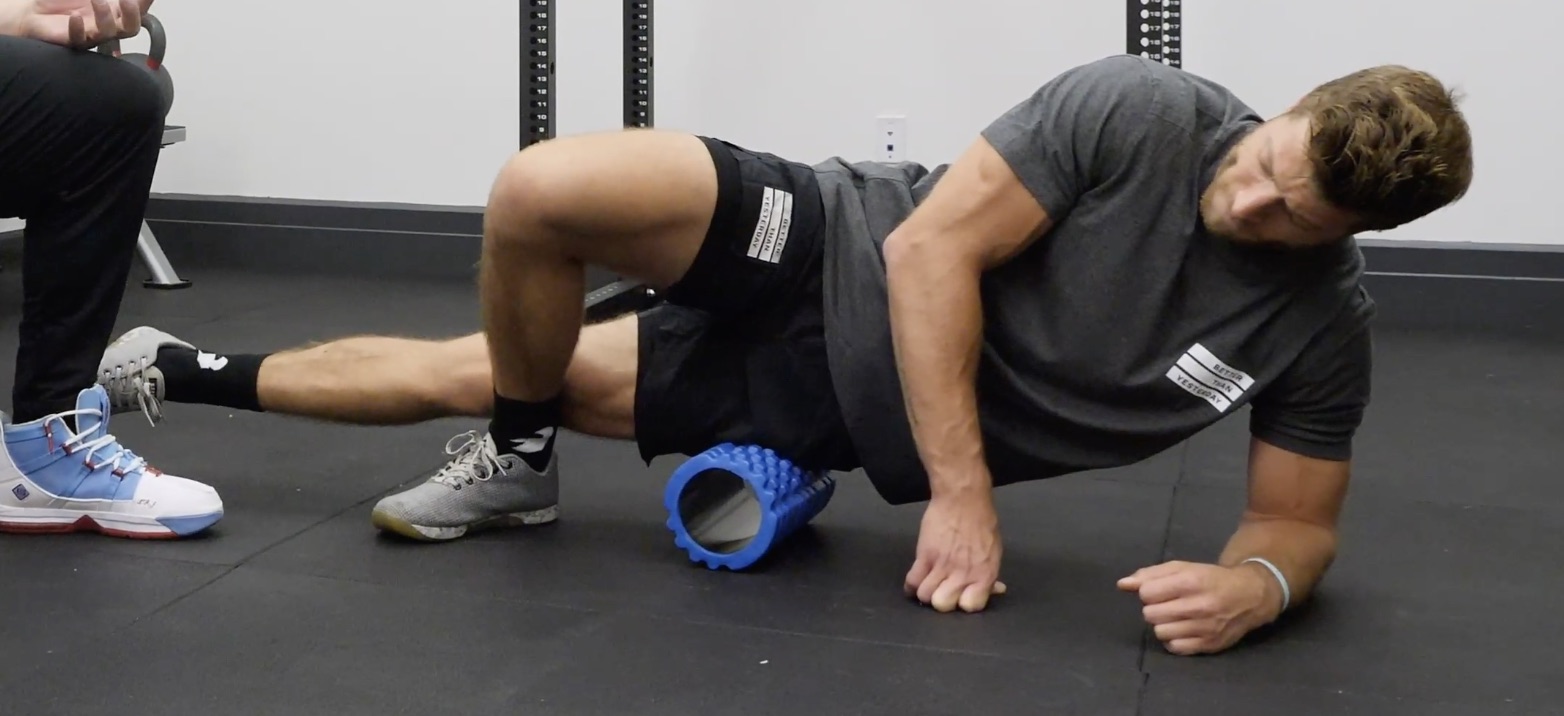
If you have a severe injury or inflammation in the IT band, foam rolling may aggravate the condition. It's important to consult with a healthcare professional before starting any new treatment for IT band pain.
Other Treatments for IT Band Pain

In addition to foam rolling, other treatments for IT band pain include rest, ice, stretching, and strengthening exercises for the hip muscles. Physical therapy may also be helpful for severe or chronic cases of IT band pain.
The Bottom Line

While foam rolling may be helpful for reducing muscle soreness and improving flexibility, its effectiveness for treating IT band pain is uncertain. If you're experiencing IT band pain, it's important to consult with a healthcare professional to determine the best course of treatment.
Meta Description
Meta Keywords
Related video of Should You Foam Roll Your IT Band?
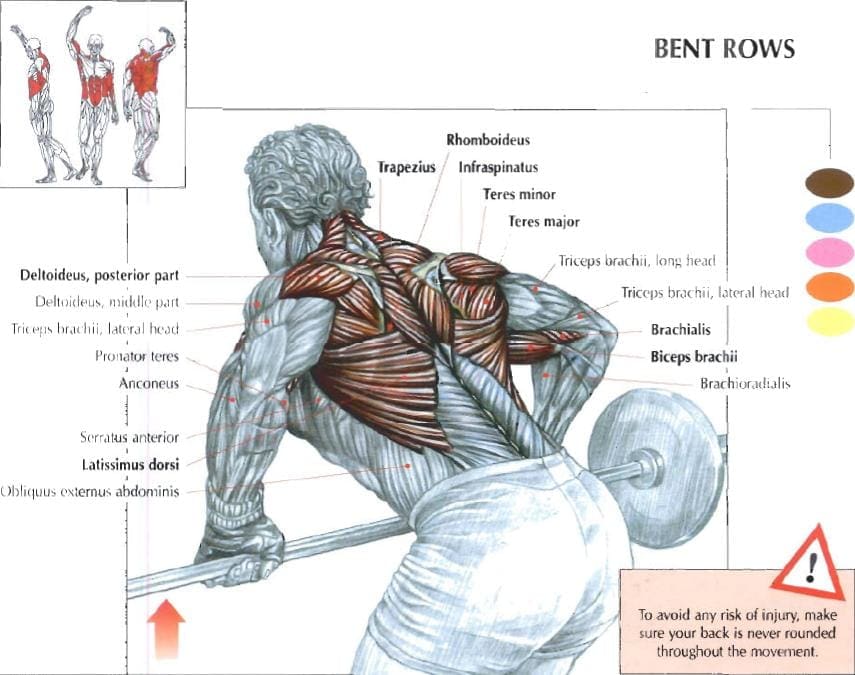
The barbell row is a popular exercise that targets multiple muscles in the body. It is a compound exercise that involves pulling a loaded barbell towards your chest. This exercise is great for building strength and muscle mass in the upper and lower back, shoulders, and arms. In this article, we will discuss the muscles that are worked during the barbell row and how to perform the exercise correctly.
What Muscles Does the Barbell Row Work?
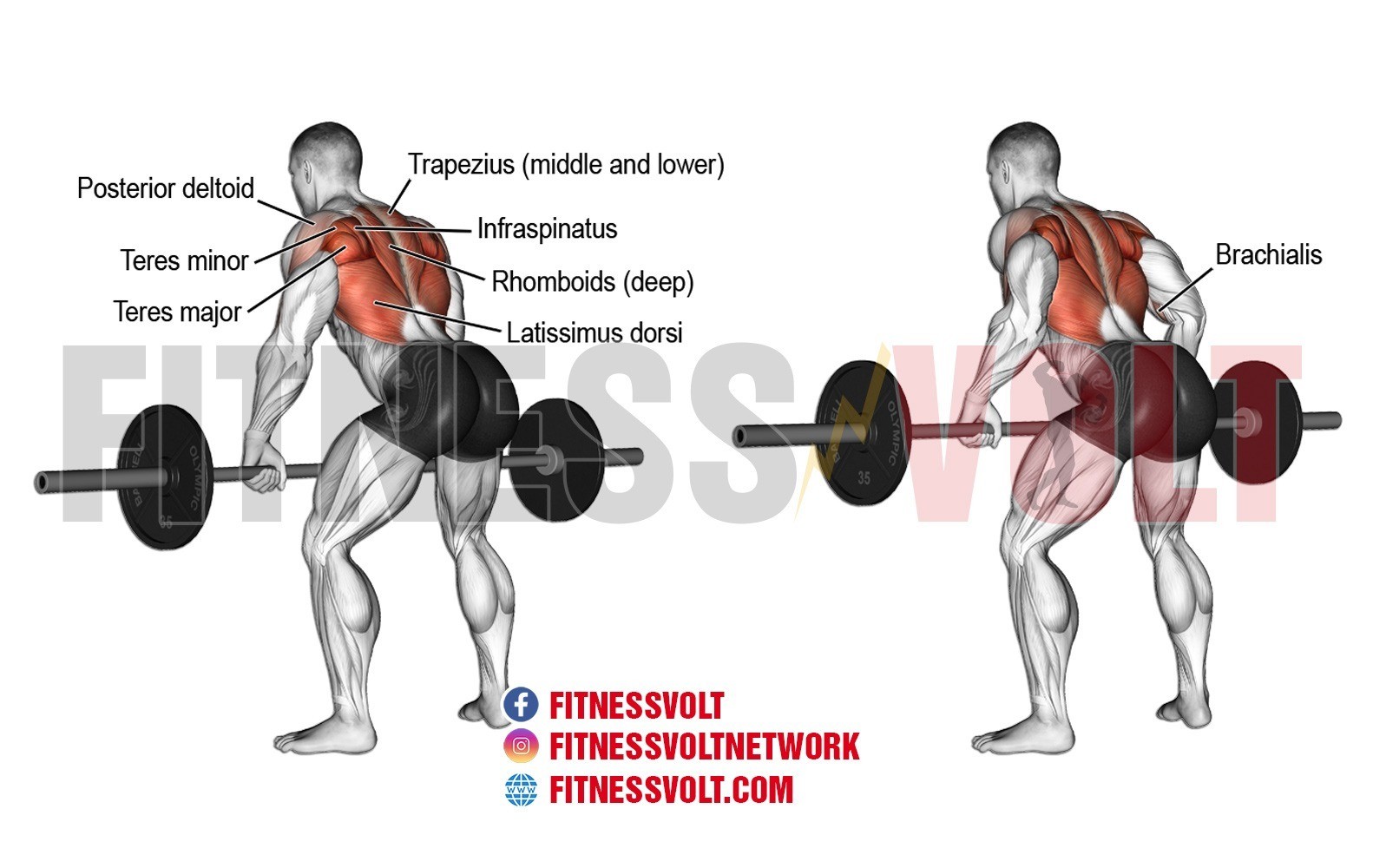
The barbell row is an excellent exercise for targeting the muscles in your back, including the latissimus dorsi, trapezius, and rhomboids. It also works the muscles in your arms, including the biceps, forearms, and grip strength. Additionally, the barbell row targets the muscles in your shoulders, including the rear deltoids and rotator cuff muscles.
When performing the barbell row, it is important to maintain proper form and technique. This will ensure that you are targeting the correct muscles and reducing the risk of injury. Here is a step-by-step guide on how to perform the barbell row:
How to Perform the Barbell Row
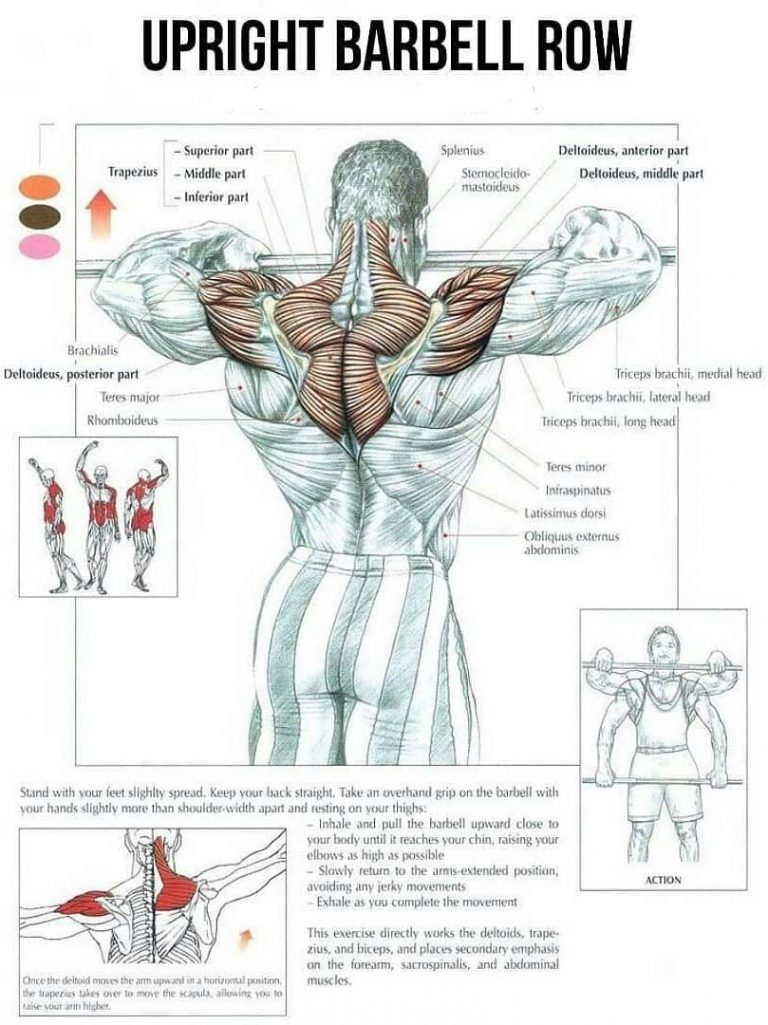
1. Start by standing with your feet shoulder-width apart and your knees slightly bent. 2. Place a loaded barbell on the floor in front of you. 3. Bend forward at the hips and grasp the bar with an overhand grip, slightly wider than shoulder-width apart. 4. Take a deep breath and brace your core. 5. Pull the bar towards your chest, keeping your elbows close to your sides. 6. Pause at the top of the movement and squeeze your shoulder blades together. 7. Lower the bar back down to the starting position. 8. Repeat for the desired number of reps.
It is important to keep your back straight and your core engaged throughout the exercise. Avoid rounding your back or using momentum to lift the weight.
Variations of the Barbell Row
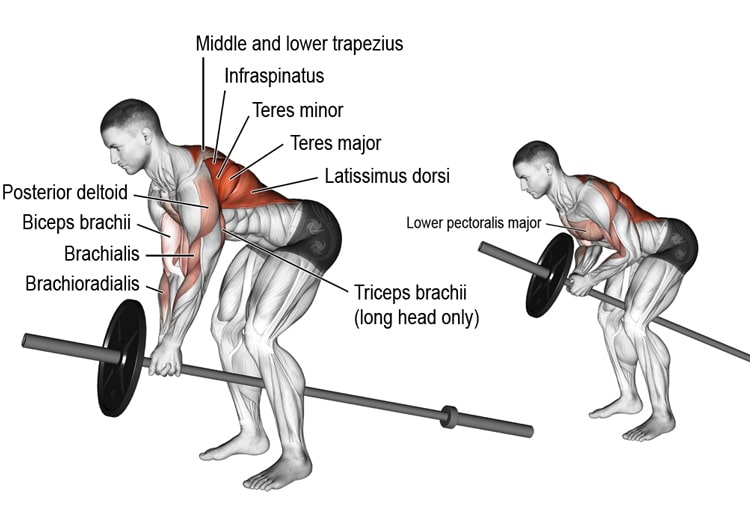
There are several variations of the barbell row that can target different muscles and add variety to your workout routine. Here are some popular variations:
- Pendlay row: This variation involves placing the bar on the floor between each rep, which allows for a more explosive movement and targets the lower back muscles.
- T-bar row: This variation involves using a T-bar machine to perform the exercise, which allows for a more controlled movement and targets the mid-back muscles.
- Single-arm dumbbell row: This variation involves using a dumbbell instead of a barbell and targeting one arm at a time, which can help correct muscle imbalances.
Conclusion
The barbell row is a great exercise for targeting multiple muscles in the body, including the back, shoulders, and arms. By maintaining proper form and technique, you can effectively work these muscles and increase your overall strength and muscle mass. Try incorporating variations of the barbell row into your workout routine to add variety and target different muscles.
Related video of Barbell Row Works What Muscles
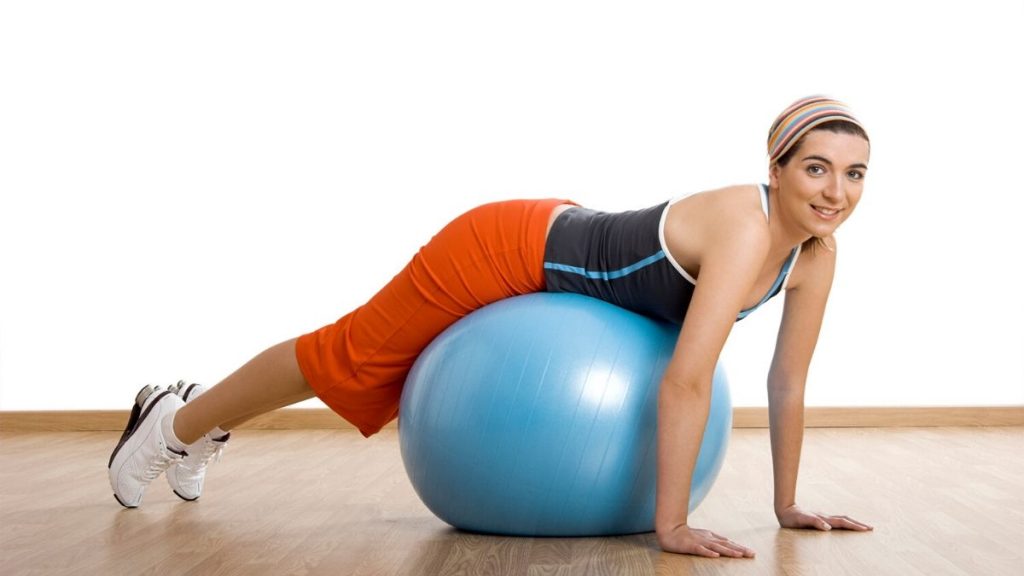
Back pain is one of the most common complaints among people of all ages. It can be caused by a variety of factors, including poor posture, lack of exercise, and injury. However, one effective way to combat back pain is through exercise, specifically exercises that use a ball. In this article, we will discuss some of the best back exercises with a ball that you can do at home or at the gym.
1. Ball Cobra
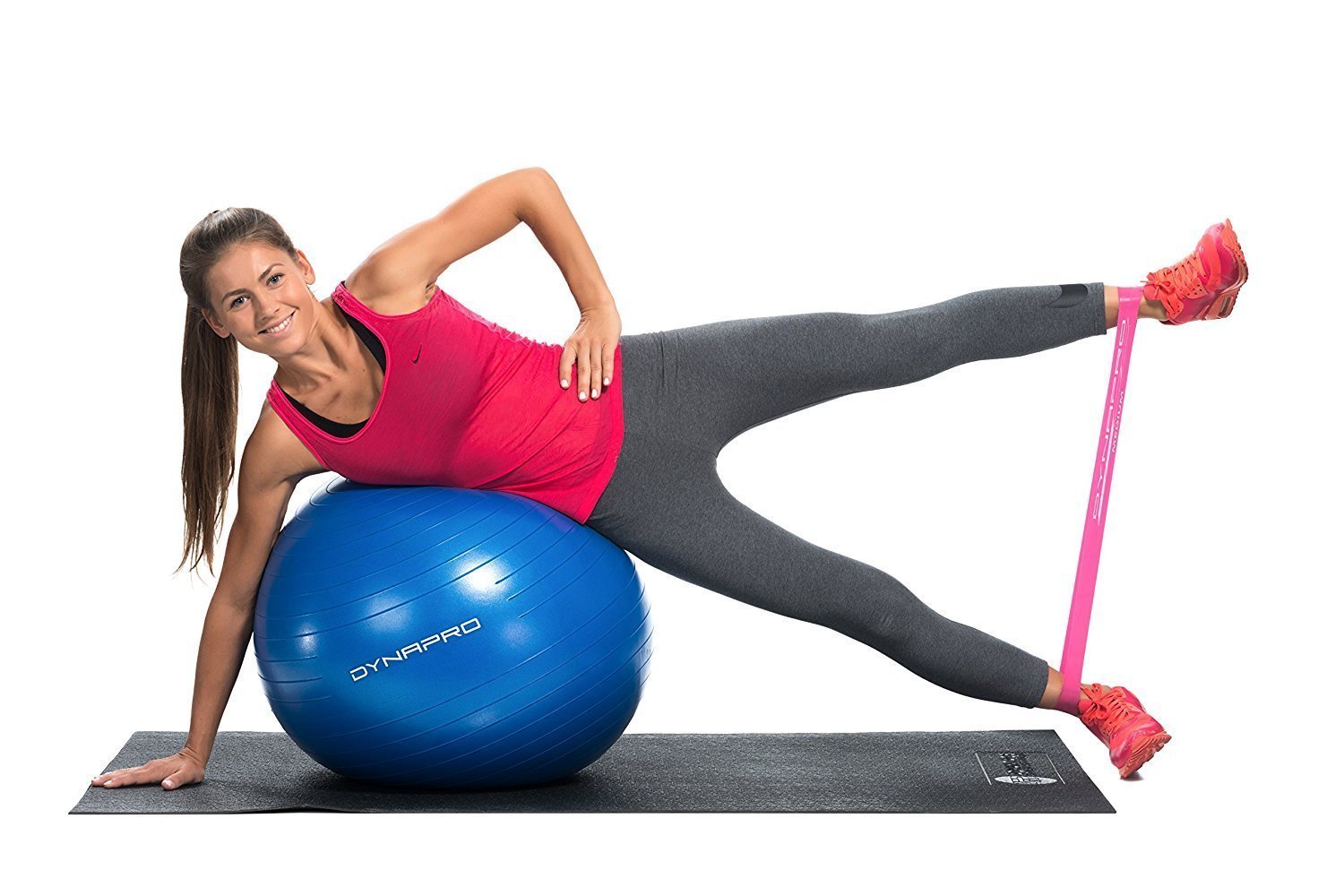
The ball cobra is a great exercise for strengthening the muscles in your back, shoulders, and arms. To do this exercise, start by lying face down on the ball with your hands on the floor in front of you. Slowly raise your upper body off the ball and hold for a few seconds before lowering back down. Repeat for several reps.
2. Ball Superman

The ball superman is another effective exercise for strengthening your back muscles. To do this exercise, start by lying face down on the ball with your arms and legs extended. Slowly raise your arms and legs off the ball as high as you can, hold for a few seconds, and then lower back down. Repeat for several reps.
3. Ball Bridge

The ball bridge is a great exercise for strengthening your lower back and core muscles. To do this exercise, start by lying on your back with your feet on the ball. Slowly lift your hips off the ground and hold for a few seconds before lowering back down. Repeat for several reps.
4. Ball Rollout

The ball rollout is an effective exercise for strengthening your entire core, including your back muscles. To do this exercise, start by kneeling on the floor with your hands on the ball. Slowly roll the ball forward until your body is straight, and then roll back to the starting position. Repeat for several reps.
5. Ball Plank

The ball plank is a challenging exercise that targets your entire core, including your back muscles. To do this exercise, start by placing your forearms on the ball and extending your legs behind you. Hold this position for as long as you can, keeping your body straight and your abs engaged.
6. Ball T Raises

The ball T raises are a great exercise for strengthening your upper back muscles. To do this exercise, start by lying face down on the ball with your arms extended in a T shape. Slowly raise your arms as high as you can, hold for a few seconds, and then lower back down. Repeat for several reps.
7. Ball Y Raises
The ball Y raises are similar to the T raises, but they target your mid-back muscles. To do this exercise, start by lying face down on the ball with your arms extended in a Y shape. Slowly raise your arms as high as you can, hold for a few seconds, and then lower back down. Repeat for several reps.
8. Ball Lat Pulldown

The ball lat pulldown is a great exercise for strengthening your upper back and arm muscles. To do this exercise, start by kneeling on the floor with the ball in front of you. Grab the ball with both hands and slowly pull it towards your chest, squeezing your shoulder blades together. Hold for a few seconds before releasing and repeating for several reps.
9. Ball Hip Extension
The ball hip extension is a great exercise for strengthening your lower back and glutes. To do this exercise, start by lying on your back with your feet on the ball. Slowly lift your hips off the ground and hold for a few seconds before lowering back down. Repeat for several reps.
10. Ball Back Extension
The ball back extension is a great exercise for strengthening your entire back, including your lower back muscles. To do this exercise, start by lying face down on the ball with your hands behind your head. Slowly raise your upper body off the ball and hold for a few seconds before lowering back down. Repeat for several reps.
By incorporating these back exercises with a ball into your workout routine, you can strengthen your back muscles and reduce the risk of back pain. Remember to start slowly and gradually increase the intensity of your workouts to avoid injury. Consult with a doctor or physical therapist before starting any new exercise program.
Related video of Back Exercises With A Ball

Kettlebell swings are a popular exercise that involves swinging a kettlebell between your legs and then up to shoulder height. This exercise is known for its ability to build strength and endurance, but many people are unsure which muscles it actually works. In this article, we will explore the muscles worked during kettlebell swings.
Glutes

The glutes are the primary muscle group worked during kettlebell swings. This muscle group is responsible for hip extension, which is the movement that occurs when you swing the kettlebell between your legs and then thrust it forward. Strong glutes are important for activities like running, jumping, and squatting.
Hamstrings

The hamstrings are the muscles located on the back of your thigh. They work in conjunction with the glutes during kettlebell swings to extend your hips and propel the kettlebell forward. Strong hamstrings are important for activities like sprinting and jumping.
Quadriceps
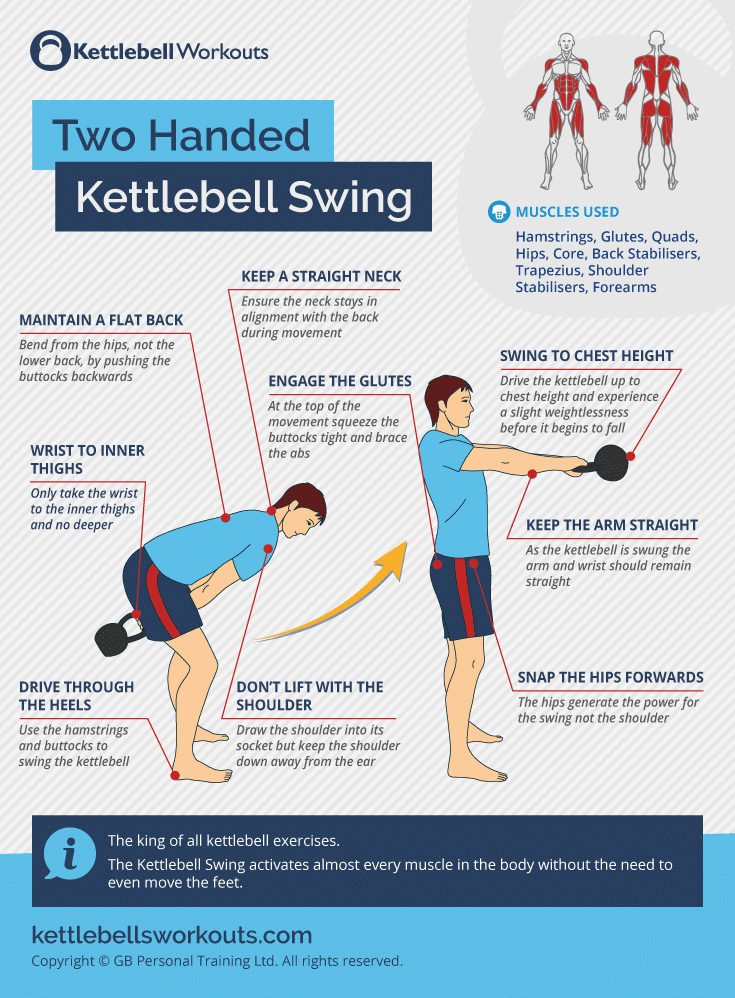
The quadriceps are the muscles located on the front of your thigh. They work to stabilize your knees and help you maintain good form during kettlebell swings. Strong quadriceps are important for activities like walking, running, and jumping.
Core

The core muscles include the muscles of the abdomen, lower back, and hips. These muscles work together to stabilize your spine during kettlebell swings and prevent injury. Strong core muscles are important for activities like lifting heavy objects and maintaining good posture.
Forearms

The forearms are the muscles located in your lower arm. They work to grip the kettlebell during swings and maintain control of the weight. Strong forearms are important for activities like rock climbing and carrying heavy objects.
Shoulders
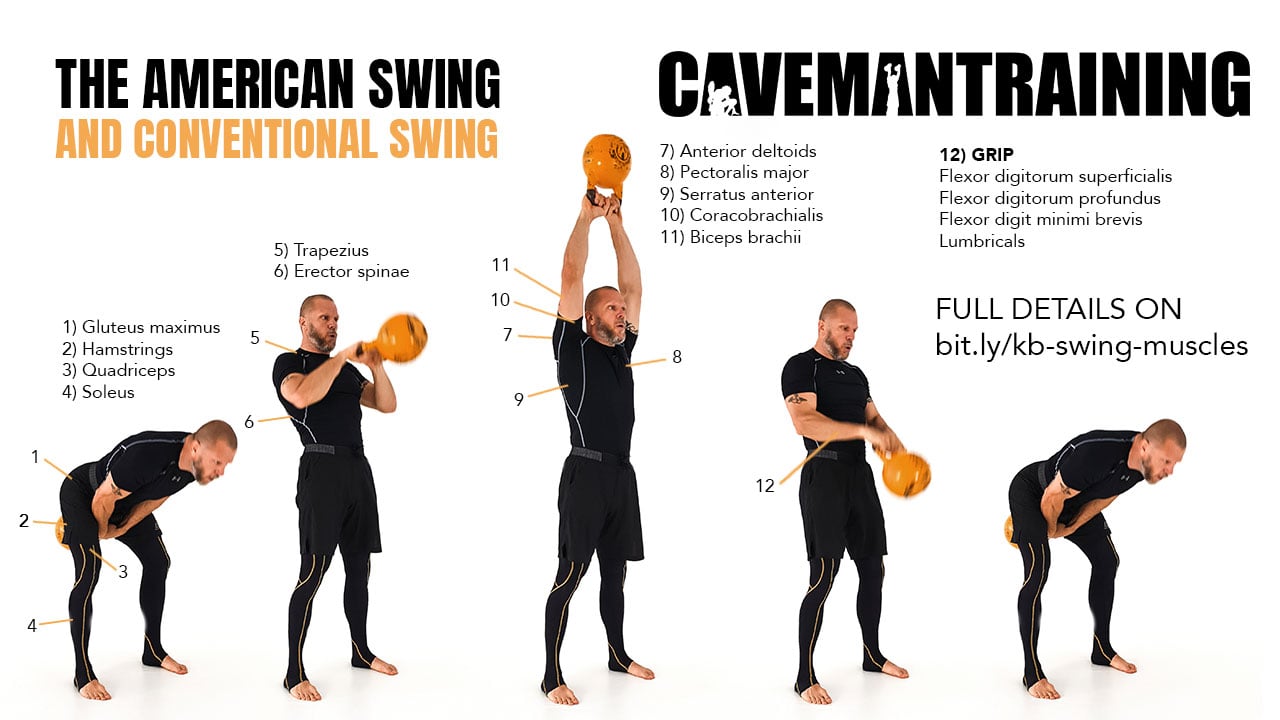
The shoulders are the muscles that connect your arms to your torso. They work to lift the kettlebell to shoulder height during swings and help stabilize your upper body. Strong shoulders are important for activities like throwing and pushing.
Cardiovascular System

Kettlebell swings are a high-intensity exercise that can get your heart rate up quickly. This can help improve your cardiovascular health and endurance over time.
Conclusion
Kettlebell swings are a great exercise that works a variety of muscle groups and can help improve your overall fitness. By incorporating this exercise into your workout routine, you can build strength, endurance, and cardiovascular health.
Related video of Kettlebell Swings Muscles Worked
ads
Search This Blog
Blog Archive
- December 2022 (19)
- November 2022 (29)
- October 2022 (32)
- September 2022 (29)
- August 2022 (32)
- July 2022 (30)
- June 2022 (31)
- May 2022 (30)
- April 2022 (31)
- March 2022 (12)
About Me
